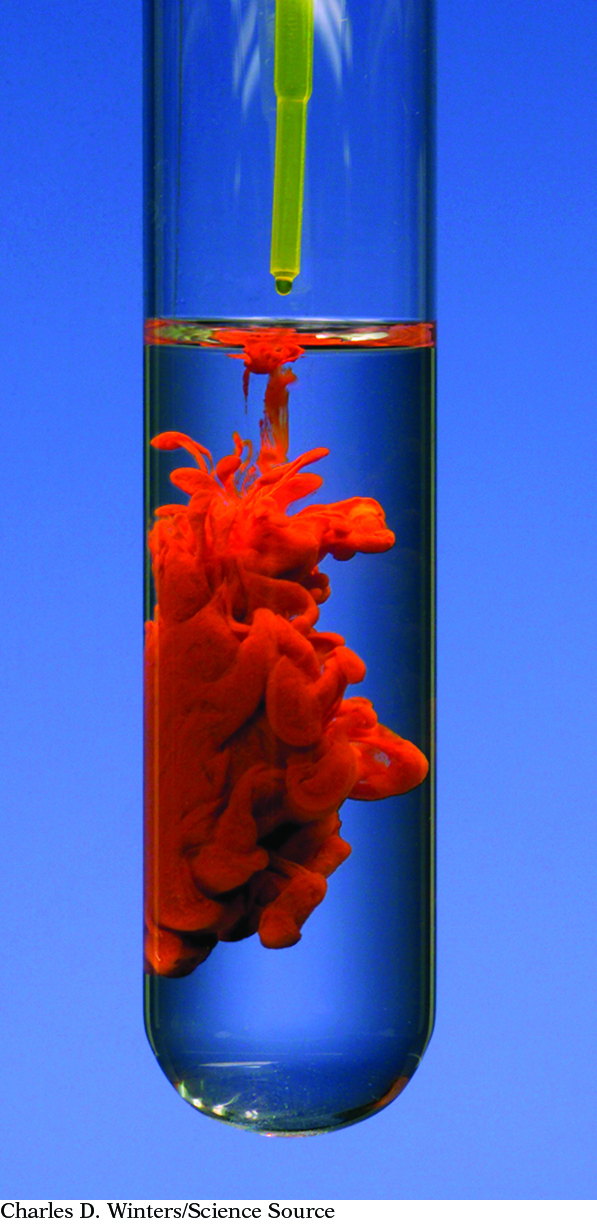Review Introduction
477

UNIT
4
Toxins | REVIEW
Chemical changes make life possible on this planet. Through chemical reactions, our bodies process the food we eat, make new cells and tissue, and eliminate waste products. Chemical equations allow us to track these changes on an atomic level.
However, some substances cause chemical changes that affect your body in negative ways, causing damage or harm. Acids and bases can react with your skin, causing burns and destroying tissue. Metal salts can interfere with ionic substances in the bloodstream, upsetting the natural balance. Precipitates can form in your body and block passages—examples are cholesterol in the bloodstream and kidney stones in the urinary tract.
But chemical reactions can be used to address toxic reactions. Acids and bases can be dealt with through neutralization reactions or by dilution with water. Toxic substances can often be safely removed from your body through precipitation reactions. Other times, the best approach is to dissolve solid toxic substances and then remove them from the body in liquid form. These same methods also have other applications, such as purifying the drinking water that comes to your home.
Every substance on the planet has the potential to be either toxic or therapeutic. The outcome depends on the dosage or amount and the way it is administered. Health officials test substances and set limits on exposure to all the different compounds that we might encounter in our tap water, medications, atmosphere, food, or the household products we buy.